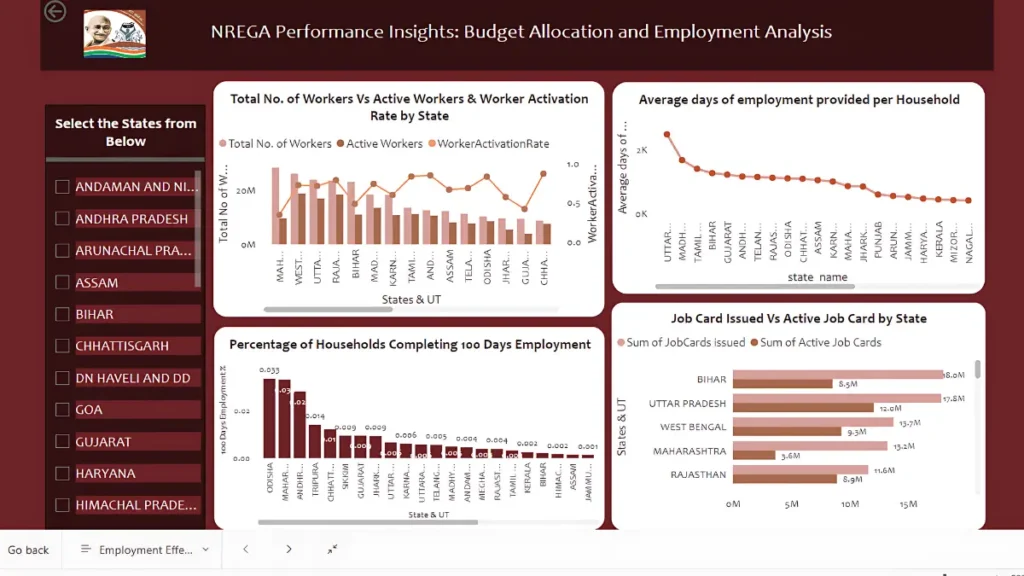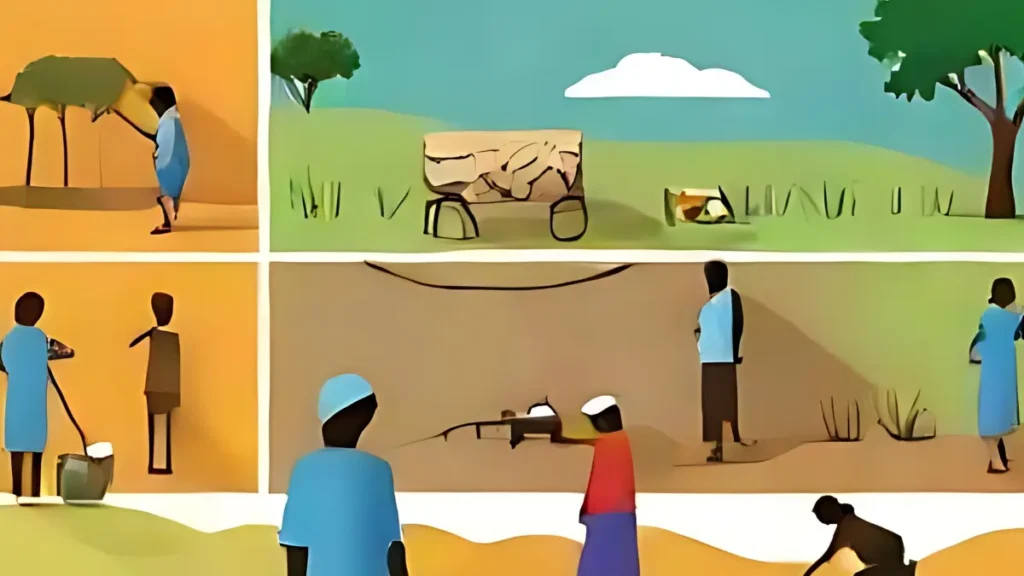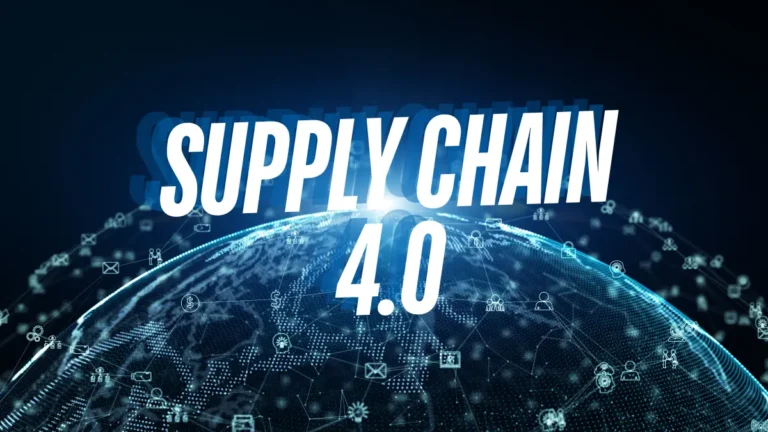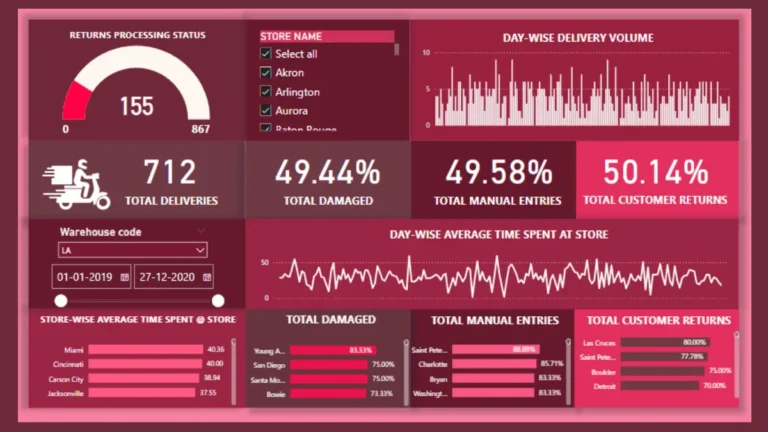The National Rural Employment Guarantee Act (NREGA) is a crucial initiative aimed at enhancing livelihood security in rural areas of India by providing at least 100 days of wage employment in a financial year to every household whose adult members volunteer to do unskilled manual work. This blog delves into the effectiveness and impact of NREGA across various Indian states, utilizing Power BI for comprehensive data visualization and insights. This NREGA effectiveness and impact analysis reveals the scheme’s performance in providing employment and promoting sustainable development.

Introduction
The Mahatma Gandhi National Rural Employment Guarantee Act (MGNREGA), popularly known as NREGA, was enacted in 2005 with the primary objective of providing employment and promoting sustainable development. This initiative has significantly contributed to rural development by ensuring job security and promoting asset creation.
Objectives of the Analysis
- Assess the effectiveness of NREGA in providing employment opportunities.
- Identify regional disparities in the scheme’s implementation and outcomes.
- Analyze budget utilization and its correlation with employment generation.
- Examine factors contributing to the completion of NREGA works.
- Provide data-driven insights to guide policymakers and administrators.
Dataset Overview
The dataset used for this analysis is sourced from official government records and encompasses a wide range of parameters, including job card issuance, workforce engagement, budget allocation, work completion statistics, and expenditure details. It comprises 28 columns, offering a comprehensive view of the progress and challenges faced by NREGA across different states and districts in India.
Key variables:
- State and District Names
- Total and Active Job Cards and Workers
- Scheduled Caste (SC) and Scheduled Tribe (ST) Workers
- Approved Labour Budget
- Persondays of Employment (Overall, SC, ST, Women)
- Average Employment Days per Household
- Average Wage Rate
- Households Completing 100 Days of Employment
- Work Initiation and Completion Statistics
- Expenditure Breakdown (Wages, Materials, Administration)
- Natural Resource Management (NRM) and Agriculture Expenditure
Scope of this Project
The project involves:
- Data Preprocessing and Cleaning: Ensuring data quality.
- Exploratory Data Analysis (EDA): Identifying patterns, trends, and disparities.
- Data Visualization: Presenting key findings effectively.
- Actionable Insights: Informing policymakers about NREGA’s strengths and weaknesses.
- Recommendations: Suggesting improvements for NREGA’s impact in different regions.
Key Questions Addressed
- How effective is NREGA in providing employment opportunities to rural households?
- Are there regional disparities in the implementation and outcomes of the scheme?
- What is the utilization of the allocated budget, and how does it correlate with employment generation?
- What are the key factors contributing to the completion of NREGA works, and are there any roadblocks to its success?
- Can data-driven insights guide policymakers and administrators in optimizing the scheme’s impact?
Key Performance Indicators
- Employment Provided: Number of households provided with employment.
- Wage Payments: Timeliness and amount of wage payments made to the workers.
- Asset Creation: Types and numbers of assets created through NREGA projects.
- Work Completion Rate: Percentage of works completed against the works taken up.

Impact Analysis by State
The analysis reveals significant variations in the performance of NREGA across different states. States like Rajasthan and Andhra Pradesh have shown exemplary performance in terms of employment provided and timely wage payments. Conversely, some states need to improve their implementation strategies to fully leverage the benefits of NREGA.
Rajasthan: High employment provision and significant asset creation.
Andhra Pradesh: Efficient wage payment system and high work completion rate.
Bihar: Needs improvement in asset creation and timely payments.
Summary of Insights
- Employment Effectiveness:
- High worker activation rates in Maharashtra, West Bengal, Uttar Pradesh, and Rajasthan.
- Higher average days of employment per household in Tamil Nadu, Madhya Pradesh, and Uttar Pradesh.
- Regional Disparities:
- Disparities in job card activation and employment days across states.
- High job card issuance but lower activation rates in states like Bihar, indicating potential inefficiencies.
- Budget Utilization:
- Efficient budget utilization in Tamil Nadu and Maharashtra.
- Need for improved financial management in states like Bihar.
- Work Completion:
- High work completion rates in Andhra Pradesh and Odisha.
- Variations in completion rates highlight the need for better project management in some regions.
Data-Driven Recommendations
- Enhance Worker Activation:
- Implement targeted programs in states with low activation rates.
- Improve record maintenance and verification processes.
- Address Regional Disparities:
- Conduct region-specific studies to identify barriers to job card activation and employment provision.
- Allocate additional resources to underperforming states to balance regional disparities.
- Optimize Budget Utilization:
- Introduce stricter budget monitoring and evaluation mechanisms.
- Encourage best practices from high-performing states like Tamil Nadu and Maharashtra.
- Improve Work Completion:
- Strengthen project management practices.
- Provide training and resources to local administrators.
- Focus on Inclusivity:
- Promote higher participation of SC/ST workers and women.
- Develop policies supporting the inclusion of marginalized groups.
Analyzing Effectiveness and Impact of NREGA using Power Bi
FAQ:
NREGA’s primary goal is to provide employment opportunities. The analysis reveals that states like Maharashtra, West Bengal, Uttar Pradesh, and Rajasthan show high worker activation rates. However, there are significant regional disparities in job card activation and employment days, indicating potential inefficiencies.
The data indicates significant disparities in job card activation and employment provision across states. For instance, states like Bihar, Uttar Pradesh, and West Bengal have high job card issuance but lower activation rates in some regions, suggesting inefficiencies that need to be addressed.
Efficient budget utilization is critical for the success of NREGA. States like Tamil Nadu and Maharashtra exhibit efficient budget utilization, correlating with higher employment generation. Conversely, states like Bihar require improved financial management and budget utilization to enhance employment outcomes.
Work completion rates vary significantly across states. High work completion rates are observed in states like Andhra Pradesh and Odisha, while others show a need for better project management practices to enhance efficiency and success rates.
Conclusion
Continuous monitoring and evaluation of NREGA implementation are vital to identifying and rectifying issues promptly. Utilizing data-driven insights can guide policy adjustments and improve the scheme’s impact. Emphasizing scalability, sustainability, and inclusivity will ensure that NREGA continues to play a pivotal role in alleviating rural unemployment and poverty.
By leveraging comprehensive data analysis, this study provides actionable insights and recommendations to enhance the effectiveness of NREGA, ensuring that it meets its objectives and benefits the rural population of India.
Download Dataset
Find Below the Dataset Used for Analysis






